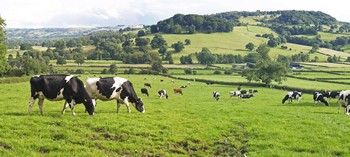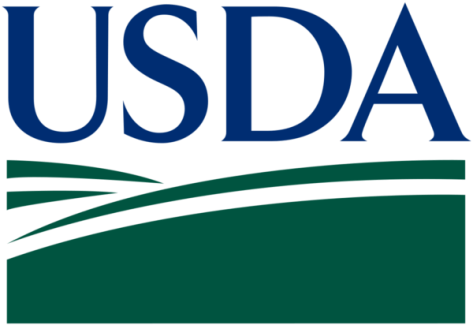Ministry officials are a third of the way through the culling of 22,300 dairy cows in a bid to control the spread of the disease Mycoplasma bovis.
Ministry for Primary Industries (MPI) response incident controller Catherine Duthie said 7550 cows and other dairy stock had been culled so far since March.
Most of the culling was likely to be completed by the end of May. “It may, however, not be completed on some properties until June or July as we are working to accommodate the circumstances of the individuals impacted by the cull.”
Some of the first farms to be cleared of animals may be able to restock them from the last week in May, enabling them to potentially have a replacement milking herd for the start of the 2018-19 season.
“The few farms that are not completed by the end of May will be because a slight delay works best for the farmers concerned. All infected properties are under quarantine lockdown while the cull is taking place.”
MPI figures show 32 farms are infected with M. bovis, which can cause lameness, mastitis and abortions in cows. MPI said all farms are linked to the original infected properties because of animal movements and have been caused by close animal contact. An additional 4000 cows were killed in an earlier cull late last year.
Farms can only be restocked once a 60-day stand-down period had passed. Generally the 60 days starts once the farm has been emptied of all animals.
“There are some exceptions such as if effluent has been applied to pasture. If this has occurred, the farm must be free of stock for 60 days after the last application of effluent. So, taking this into account, some farms that were first to have cattle culled will be able to restock from approximately the last week in May,” said Duthie.
MPI said it would depend on the individual circumstances of farmers whether they would need to wait to receive compensation before being financially able to purchase new stock. Some farmers had received part-payments of compensation to assist with cashflow.
Compensation for loss of income if farmers were not in a position to have a milking herd in the 2018-19 season, would be assessed on a case-by-case basis. “The general rule is that farmers should be no worse off, but also no better off as a result of legal directions made by MPI as part of measures to control a biosecurity risk organism.”
South Canterbury Federated Farmers dairy spokesman Ryan O’Sullivan said it was best that the cull proceeded as soon as possible.
“If I was in their shoes, once the decision had been made to cull, I’d want the process done as quickly as possible.
“It’s a difficult time of the year as meat works are dealing with a lot of cull cows anyway.”
PGG Wrightson national dairy livestock manager Paul Edwards said the market should be able to supply sufficient numbers to restock farms without having a significant impact on pricing. “It is a big number of animals, but I am confident the market will satisfy requirements.”
Source: NZFarmer.co.nz




